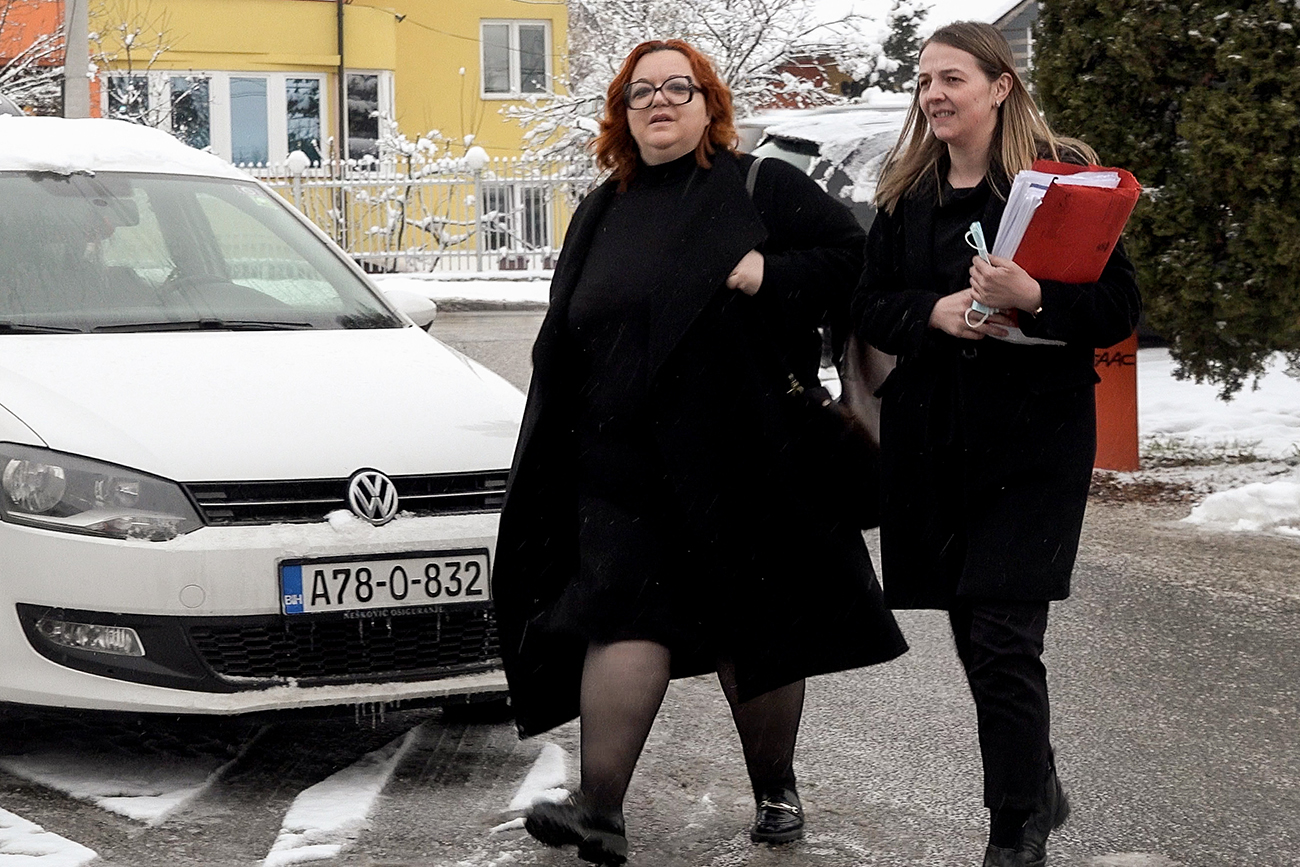The Center for Investigative Reporting in Sarajevo (CIN) conducted an experiment this summer that should interest anyone who eats.
Nearly half of the samples showed numbers of microbes considered unsafe or contained the kinds of bacteria that cause food poisoning or mean food is spoiled. Or both.
More than 70 percent of the contaminated samples contained more than just one of these bacteria or they showed both a high number of microbes and the presence of a dangerous type of bacteria.
Don't want to miss our stories?
Sign up for our newsletter.
Don't want to miss our stories?
Sign up for our newsletter.
CIN had 10 Sarajevo food places tested a second time after analysis of items purchased in them showed positive bacterial results. Food from six of these tested positive again.
Hasan Džinić, the head of veterinary inspection for the Canton of Sarajevo, was interested in the test. He asked for a copy of the results and said that his staff would follow up on the findings.
A complete list of the test results can be found on CIN’s website at www.cin.ba. But some highlights are:
- Laboratory analysis showed problems with food in all three cities. Fifty-five percent of 20 food samples gathered in Mostar were positive for bacteria, as were 50 percent of 20 Banja Luka samples and just over 47 percent of the 55 Sarajevo foods.
- In no food samples were there any signs of salmonella or clostridium, bacteria that can cause extreme illnesses.
- Proteus showed up most often in the contaminated samples, in 27. Proteus does not make people sick, but its presence in food, according to experts, is a signal of fecal contamination.
- E. coli, fecal contamination that can make people ill, was found in 26 samples. Staphylococcus appeared in 23 samples.
- Twenty-three of the samples showed an unacceptably high number of microorganisms, another sign of stale or expired food.
- Popular hot-weather deserts did not do well. Two cakes in Mostar were sampled; both were found unsafe. Bacteria were found in six of 14 samples of ice cream taken. Of meats and other main course entrees tested, 29 out of 66 samples were found to be bacterially suspect.
- In a separate testing of snack foods, CIN had 15 additional samples of pistachios, banana chips, dried plums, raisins, shelled and unshelled peanuts, almonds, walnuts and hazelnuts analyzed at the Veterinary school. Three of these tested positive for alfotoxins, chemical substances from fungi that may be carcinogenic.
For more information about the CIN food safety experiment please contact Renata Radic or Zeljka Kujundzija at CIN 387 33 560 040.























